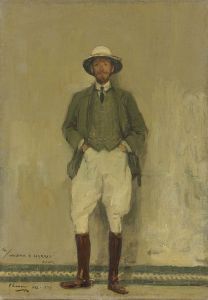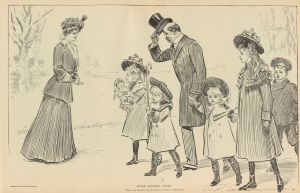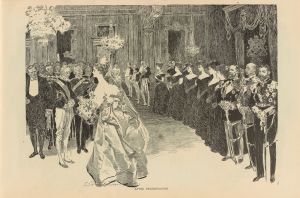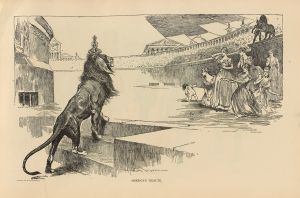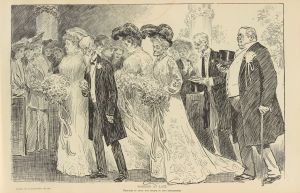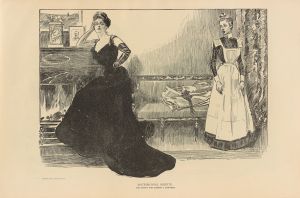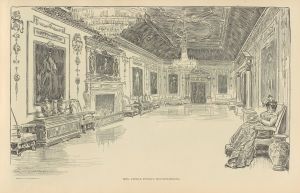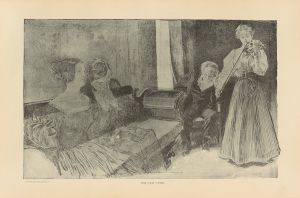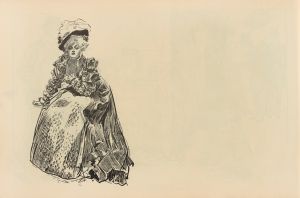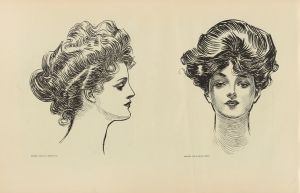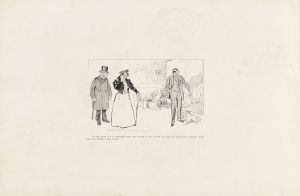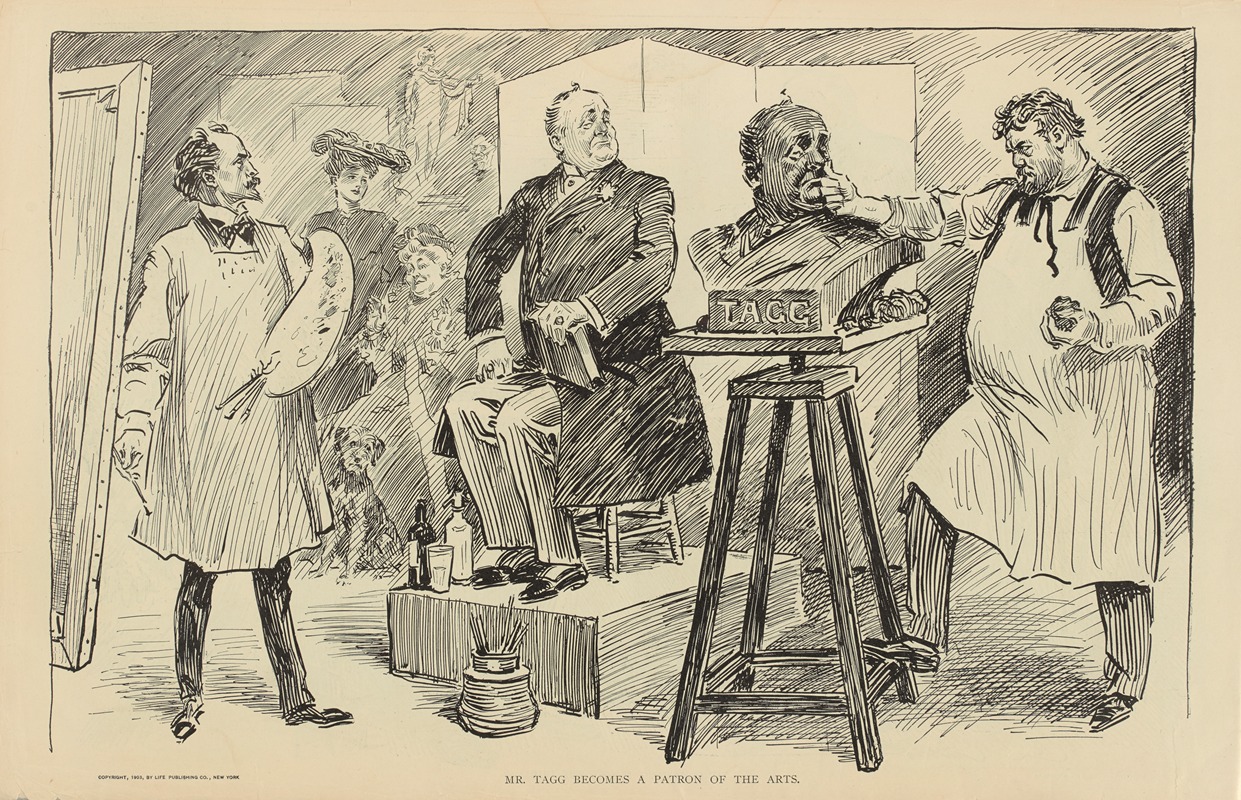
Mr. Tagg becomes a patron of the arts
A hand-painted replica of Charles Dana Gibson’s masterpiece Mr. Tagg becomes a patron of the arts, meticulously crafted by professional artists to capture the true essence of the original. Each piece is created with museum-quality canvas and rare mineral pigments, carefully painted by experienced artists with delicate brushstrokes and rich, layered colors to perfectly recreate the texture of the original artwork. Unlike machine-printed reproductions, this hand-painted version brings the painting to life, infused with the artist’s emotions and skill in every stroke. Whether for personal collection or home decoration, it instantly elevates the artistic atmosphere of any space.
Charles Dana Gibson was an influential American illustrator best known for his creation of the "Gibson Girl," a representation of the idealized American woman at the turn of the 20th century. His work appeared in numerous magazines and publications, capturing the social dynamics and cultural nuances of his time. One of his notable works is "Mr. Tagg Becomes a Patron of the Arts," which reflects Gibson's keen eye for societal commentary through art.
"Mr. Tagg Becomes a Patron of the Arts" is a black-and-white illustration that exemplifies Gibson's characteristic style, marked by detailed line work and expressive characters. The illustration depicts a scene that humorously critiques the social pretensions and aspirations of the nouveau riche in the early 1900s. Through this work, Gibson explores themes of social mobility, cultural capital, and the often superficial nature of art patronage during this era.
In the illustration, Mr. Tagg, presumably a character representing a newly wealthy individual, is portrayed in the act of engaging with the arts. The scene is likely set in an art gallery or a similar cultural venue, where Mr. Tagg is surrounded by various artworks. Gibson's portrayal of Mr. Tagg is both humorous and satirical, as it suggests that Mr. Tagg's interest in the arts may be more about social status than genuine appreciation.
Gibson's work often included such social commentary, using humor and satire to critique the societal norms of his time. His illustrations were not just artistic expressions but also reflections on the changing dynamics of American society, particularly in relation to class and gender roles. "Mr. Tagg Becomes a Patron of the Arts" fits within this broader context of Gibson's work, offering insight into the cultural attitudes of the period.
The illustration was likely published in one of the popular magazines of the time, such as "Life" or "Collier's," where Gibson's work frequently appeared. These publications were known for their engagement with contemporary issues and often featured illustrations that commented on social and political topics. Through these platforms, Gibson's work reached a wide audience, influencing public perceptions and contributing to the cultural discourse of the era.
Charles Dana Gibson's legacy as an illustrator is significant, as his work not only captured the aesthetic sensibilities of his time but also provided a lens through which to view the social and cultural transformations of early 20th-century America. "Mr. Tagg Becomes a Patron of the Arts" is a testament to Gibson's ability to blend artistry with social critique, making it a notable piece within his oeuvre.
Overall, Gibson's illustrations remain an important part of American art history, offering valuable insights into the cultural landscape of his time. His work continues to be studied and appreciated for its artistic merit and its commentary on the social issues of the day.





